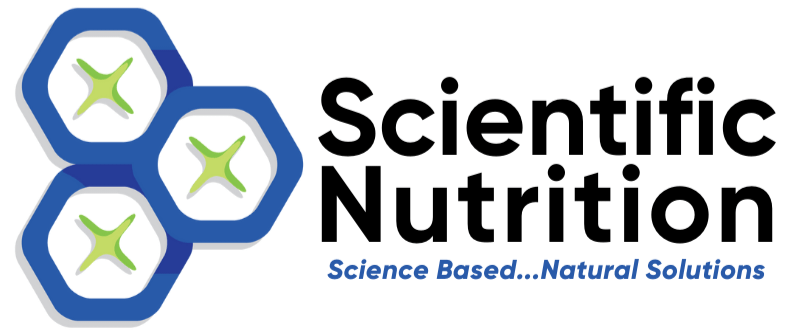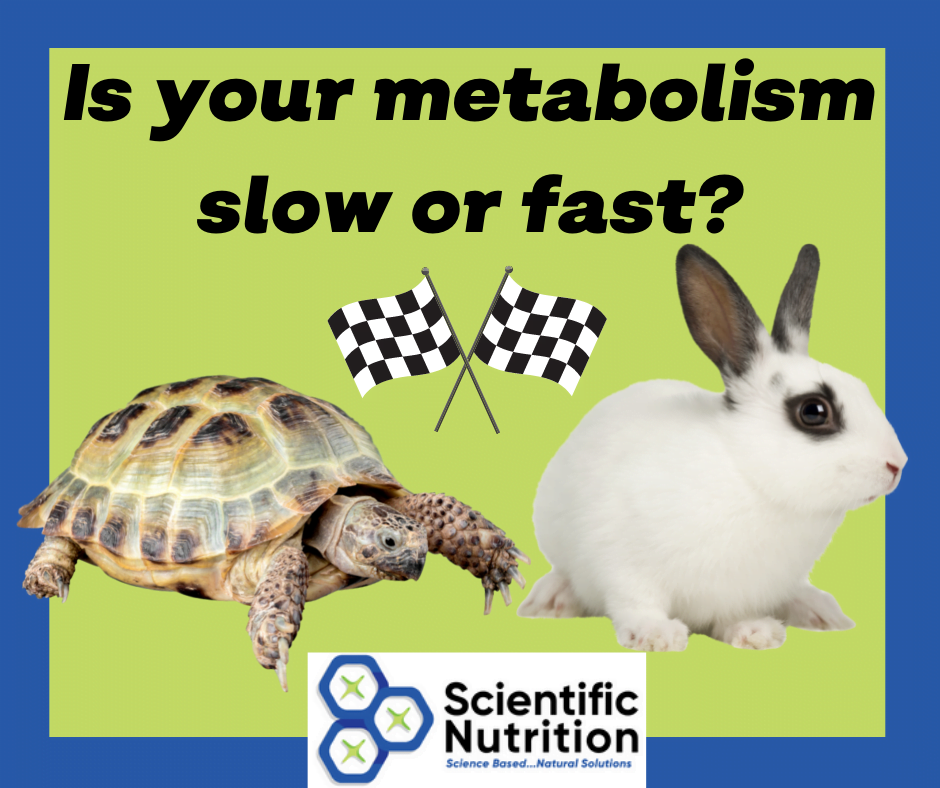Are you a fast, slow, or mixed oxidizer?
Oxidation is the rate that you burn nutrients within your food otherwise referred to as the metabolism. The lower the Na/K (sodium to potassium ratio) along with higher Ca/Mg (calcium to magnesium ratio), the slower the oxidation rate.
I would like to explain the differences between the 3 categories. Your oxidation can affect not only your physical body but also your mental state.
What is a fast oxidizer?
A fast oxidizer or a fast metabolism individual tends to have low pH levels and is acidic. These individuals have a greater sympathetic (internally focused on vital organs) nervous system for quick constriction during fatigue or an upsetting situation. They also are more likely to catch viral/bacterial infections.
 They do prefer red meat and high purine foods like sardines and organ meats. The ideal ratio for nutrition for a fast metabolizer would be 50% fat, 35% protein, and 15% carbohydrates.
They do prefer red meat and high purine foods like sardines and organ meats. The ideal ratio for nutrition for a fast metabolizer would be 50% fat, 35% protein, and 15% carbohydrates.
The fat will help to “cool” the body and slow down digestion so that the protein or carbohydrates can be utilized more efficiently. This metabolizer tends to gravitate toward meats, fats to slow oxidation, and salty foods.
This type of oxidizer tends to have an apple-shaped body type due to high cortisol levels that cause high insulin. They lean more toward higher estrogen, larger busts, and thinner extremities. There is also often a higher tendency to histamine levels and allergies due to increased cell permeability.
Other characteristics may include oily skin but a healthier-looking complexion due to better circulation, eliminatory functions, and sweat easier. They typically have at least one bowel movement daily with more frequent diarrhea.
What is a slow oxidizer?
The slow oxidizing or slow metabolism type of individual tends to lean toward a higher pH with more alkalinity with poor immune response. Cell membranes are less permeable because of higher Calcium and Magnesium levels, low fatty acids, slow thyroid functions, and blood glucose fluctuations. Due to the increased bio-unavailable calcium, cells are less permeable trapping more heavy metals and toxins.
 The best nutritional ratio would be 50% carbohydrates, 25% protein, and 25% fats. This rate seems to metabolize protein slower so a higher protein or fat-based diet (Keto) inhibits liver functions. Eating chicken, fish, eggs, and turkey are preferred for better digestion as well.
The best nutritional ratio would be 50% carbohydrates, 25% protein, and 25% fats. This rate seems to metabolize protein slower so a higher protein or fat-based diet (Keto) inhibits liver functions. Eating chicken, fish, eggs, and turkey are preferred for better digestion as well.
They will crave sweets or starches more often for energy but they truly need more protein. They will struggle to digest fats as it slows all systems. In this state of slow oxidation, we will have an imbalance in the pH decreasing the ability of blood to ionize or make Calcium and Magnesium bio-available. A targeted diet and specific supplementation can support the body but until the oxidation is improved, recovery or stages of stress won’t improve.
What are the signs of a slow metabolism?
A slow oxidizer will be on the “cold” side or yin in Chinese medicine. They often have chronic hypoglycemia (low blood sugar) and ongoing yeast or fungal infections that thrive on dying and dead tissue. These could be within genital areas, on the feet (itchy foot fungus), or inside of the colon. Toxins start to build up allowing for the development of infections and diseases.
The slow oxidizer typically has a pear shape body type due to adrenal burnout, low thyroid gland activity, estrogen dominance, as well as thicker hips and legs. When they are sympathetic dominant their progesterone hormone will be higher resulting in fewer curves, a more slender body type with cold hands and feet.
What causes slow oxidation?
Among many reasons, acute stress will enhance oxidation whereas chronic stress exhausts the body leaving slow oxidation behind. An accumulation of free radicals and sluggish metabolism will develop in time along with nutritional deficiency.
Many will abuse stimulants such as alcohol, caffeine, or drugs to give a boost of faster oxidation only to leave one slower in oxidation after adrenal burnout.
What is a mixed oxidizer?
The ideal state would be a slow mixed or balanced metabolism. This would be when your body metabolizes the mix of carbohydrates, fats, and proteins. You may be a mixed slow or a mixed fast depending upon which you lean more toward in metabolizing your foods.
A slow mixed is the perfect place to be after puberty as children are fast before that time. The ideal ratio is 35% carbohydrates, 35% fats, and 30% proteins.
What is a good base diet for all oxidation types?
By eating a vast variety of different vegetables you will consume large amounts of nutrients. Steaming or cooking them not only saves your body the energy of breaking down the fiber, but it will also kill potential parasitic contamination.
Healthy fats such as butter, EVOO, ghee, nut, or seed butter will give you the much-needed fat you need. Adding seeds, soaked beans, and nuts, as well as different proteins for amino acids used throughout your body and brain will help balance your diet.
Should I try to change pH levels?
Focusing on pH levels is not as advantageous as accomplishing mineral balance. Distilled water can pull acidic toxins and heavy metals making it slightly acidic. Suggestion fruit to change alkalinity can slow oxidation (Ca/Mg ratio on a Hair Analysis test) setting it up for fungal issues, creating acidity.
Many alkaline water units use coral calcium-containing heavy metals found within the ocean waters. Using targeted supplements and a diet high in steamed vegetables is a much more effective and long-term correction. If we neutralize pH to become more alkaline, we can inadvertently shift our stomach acid to a more neutral state leaving major digestive issues. We need acidity in the first state of digestion to kill bacteria and properly break down our foods.
Since slow oxidizers are burned out and mineral deficient, they have poor digestion and absorption to maintain alkalinity. By correcting the mineral balance, the pH, digestion, metabolism, detoxification, and symptoms can be addressed to leave you feeling the best quality of health possible.
If you would like to get personal to find out what you can learn from your Hair Mineral Analysis, LET’S CHAT! about your health goals!
Learn more about oxidative stress.
Copyright Scientific Nutrition, LLC 2022




